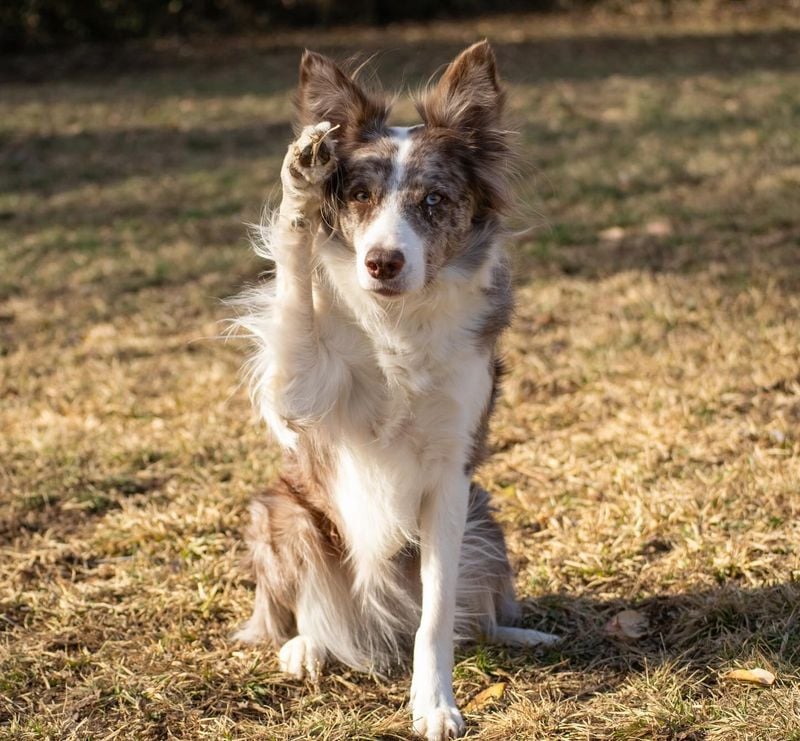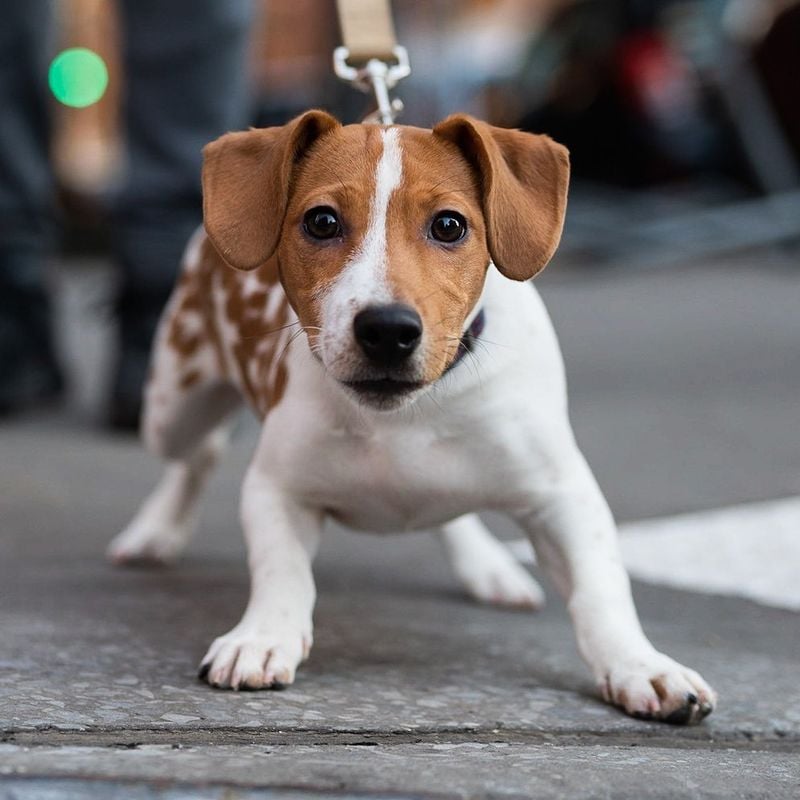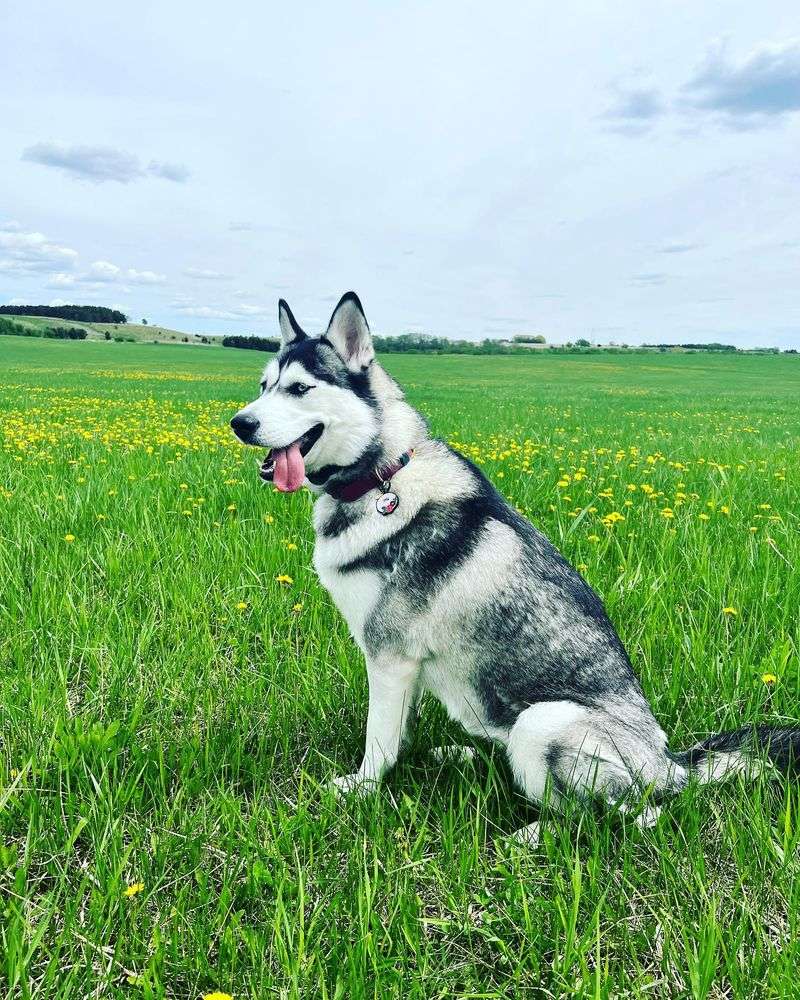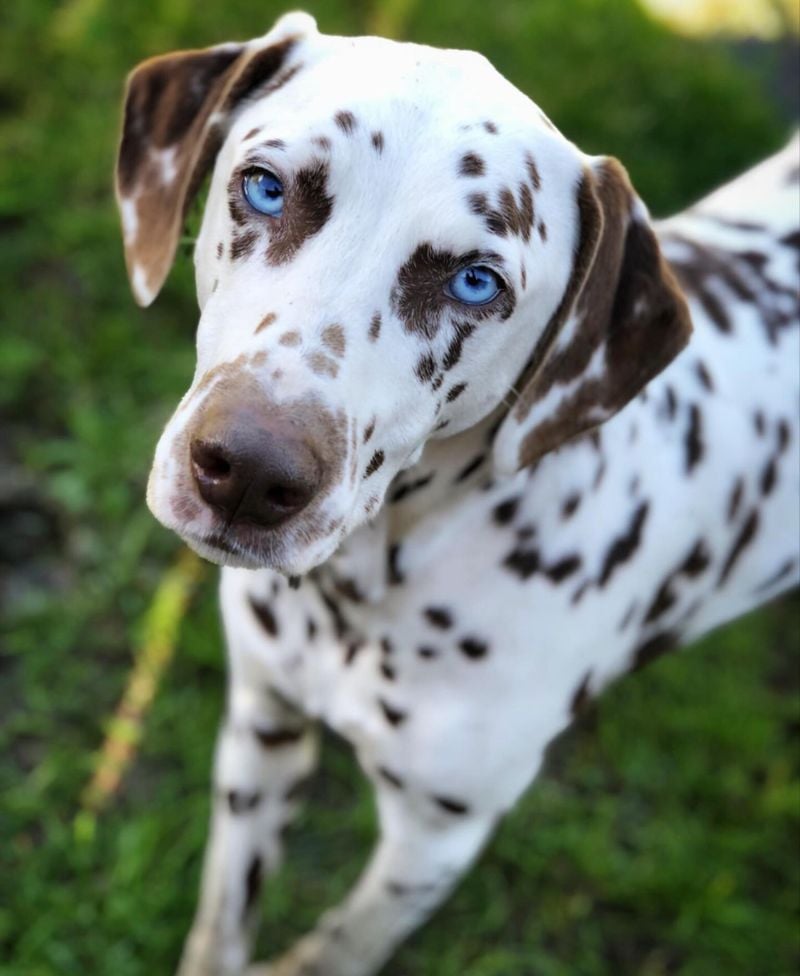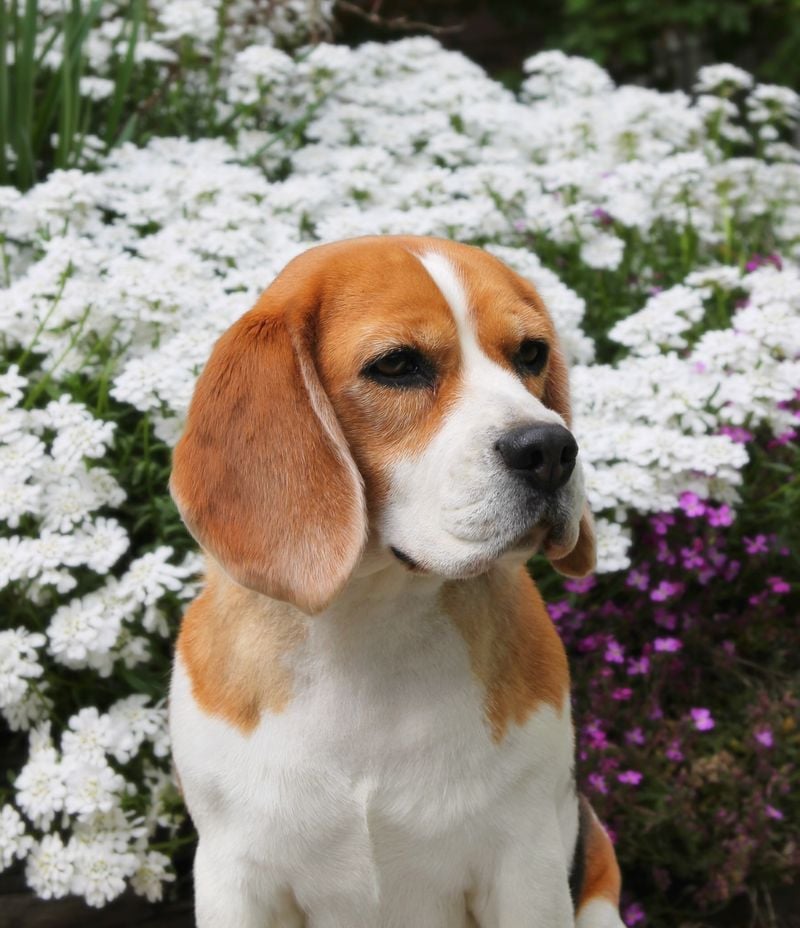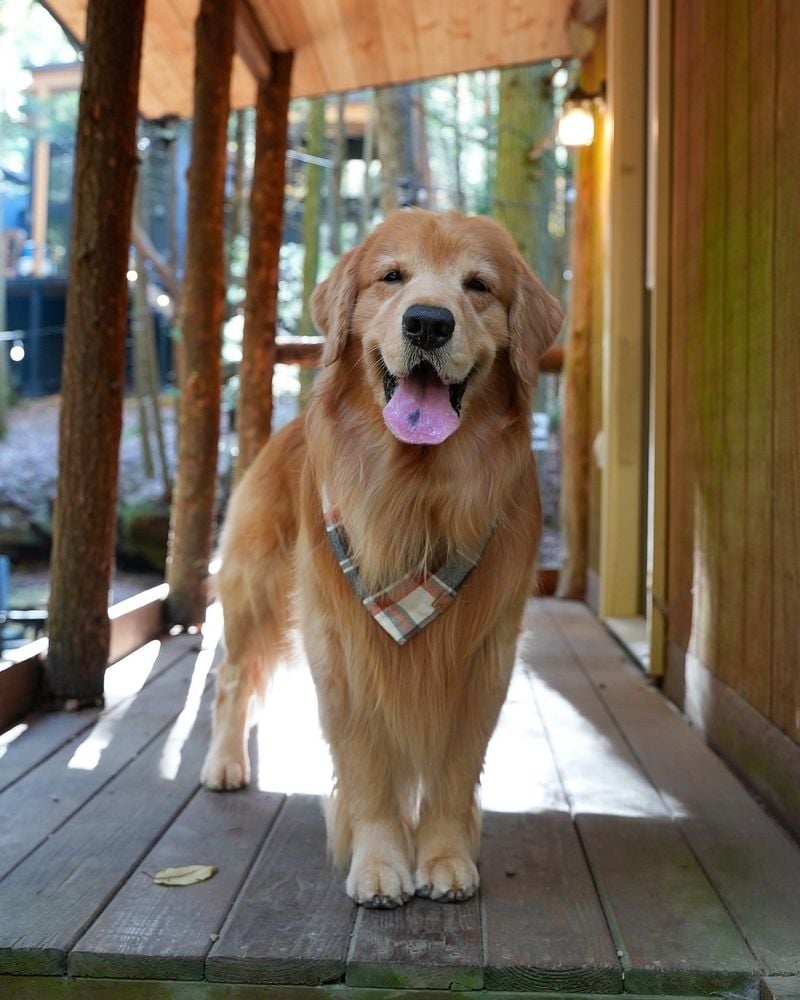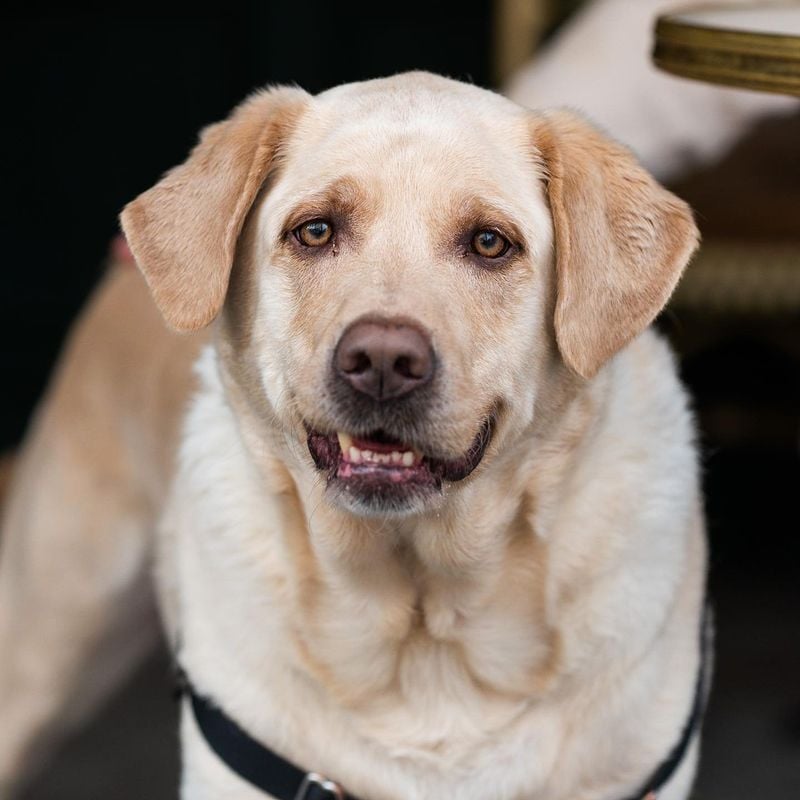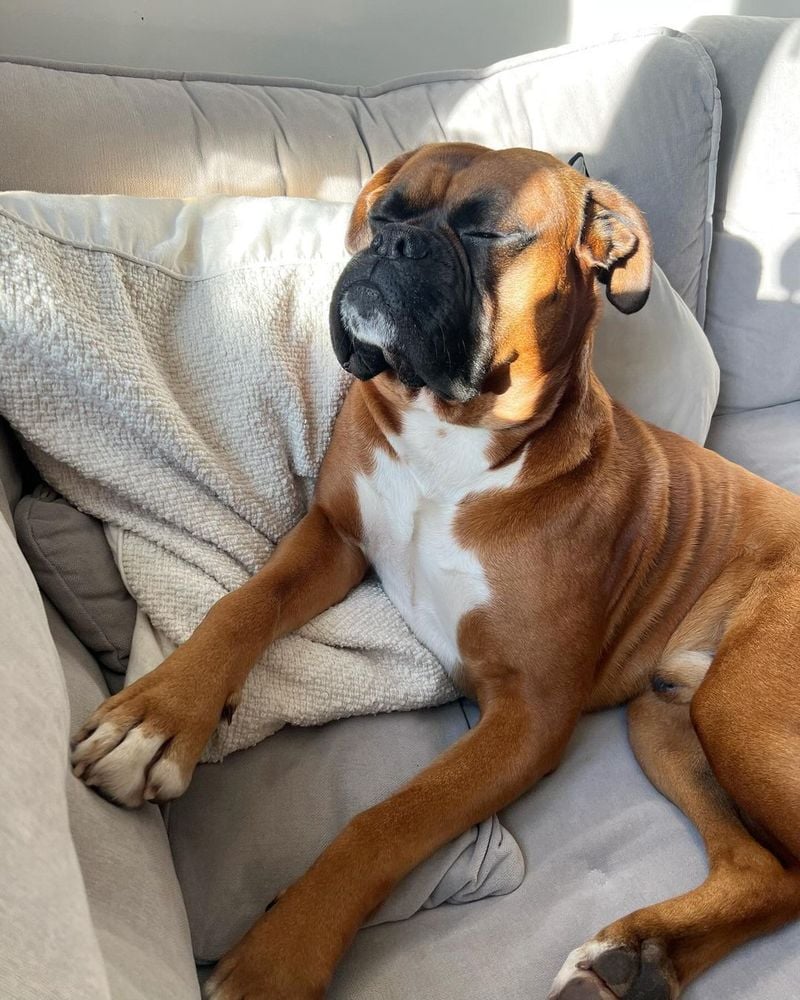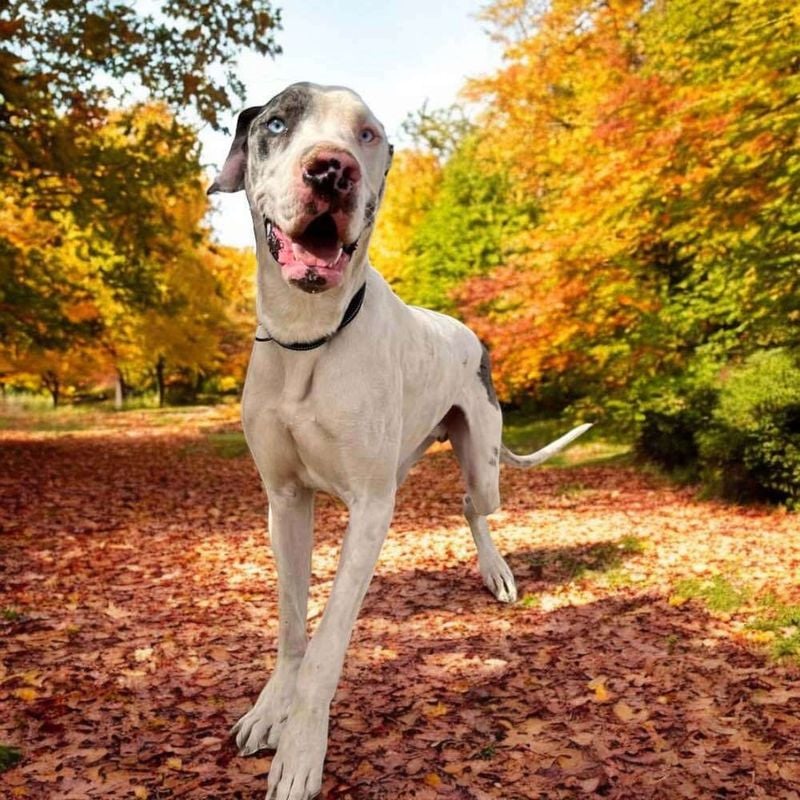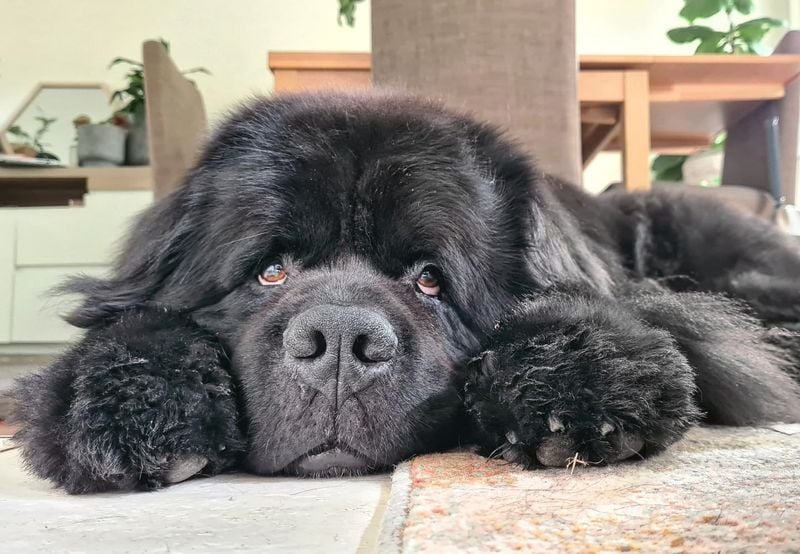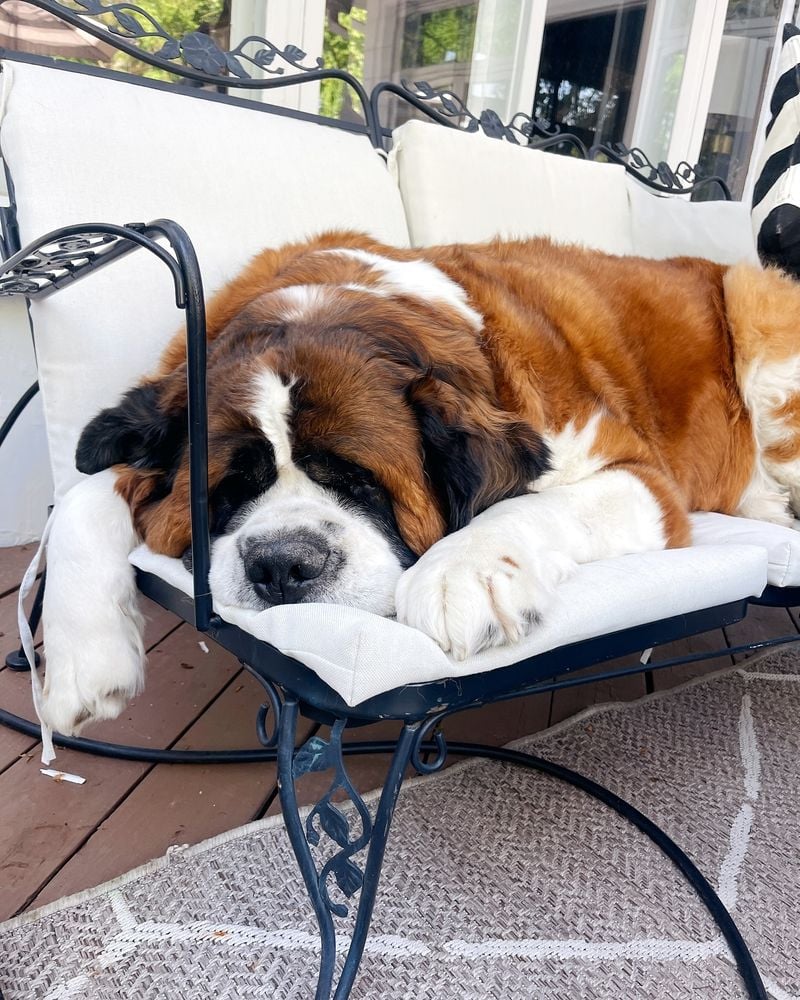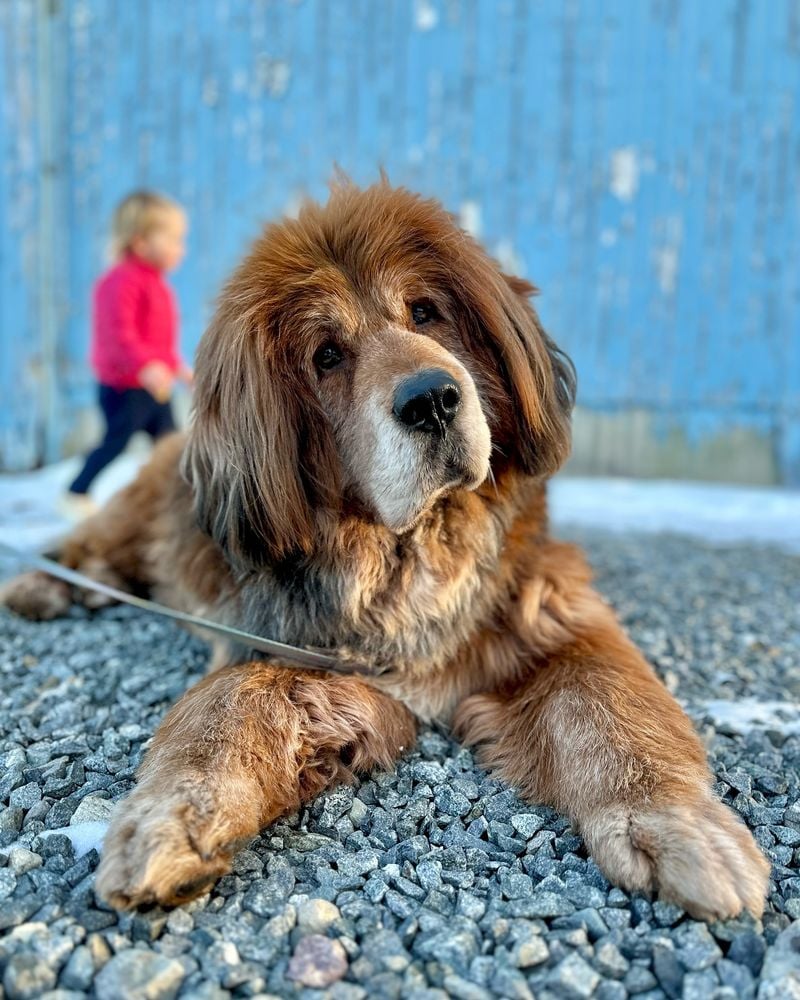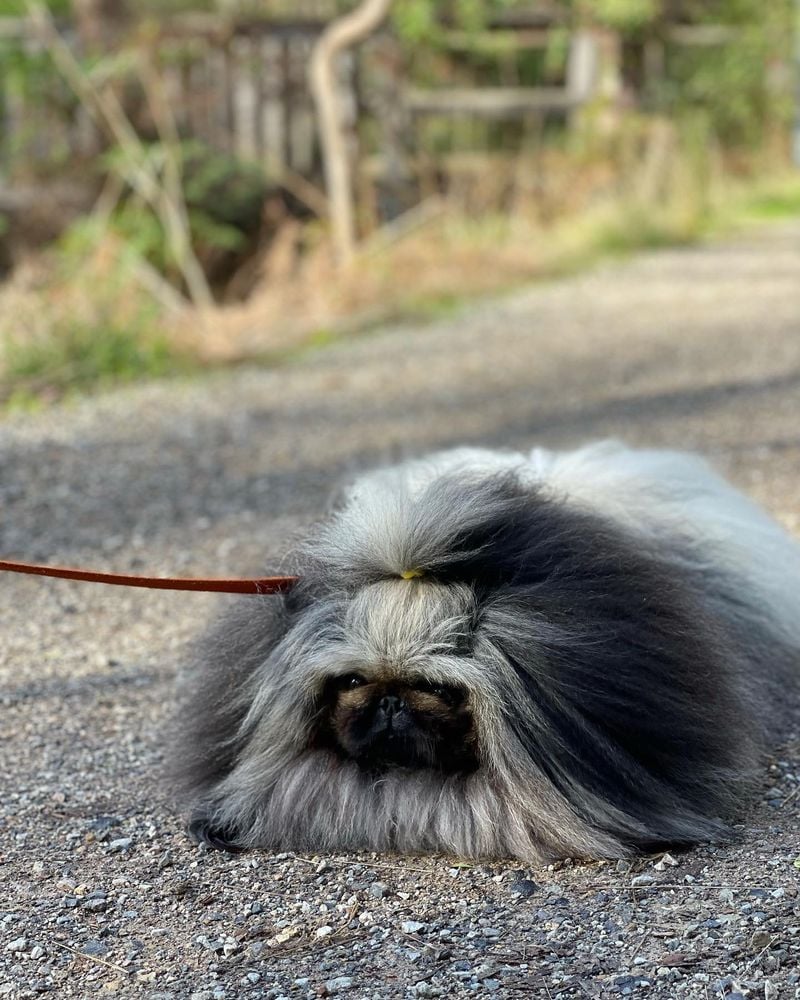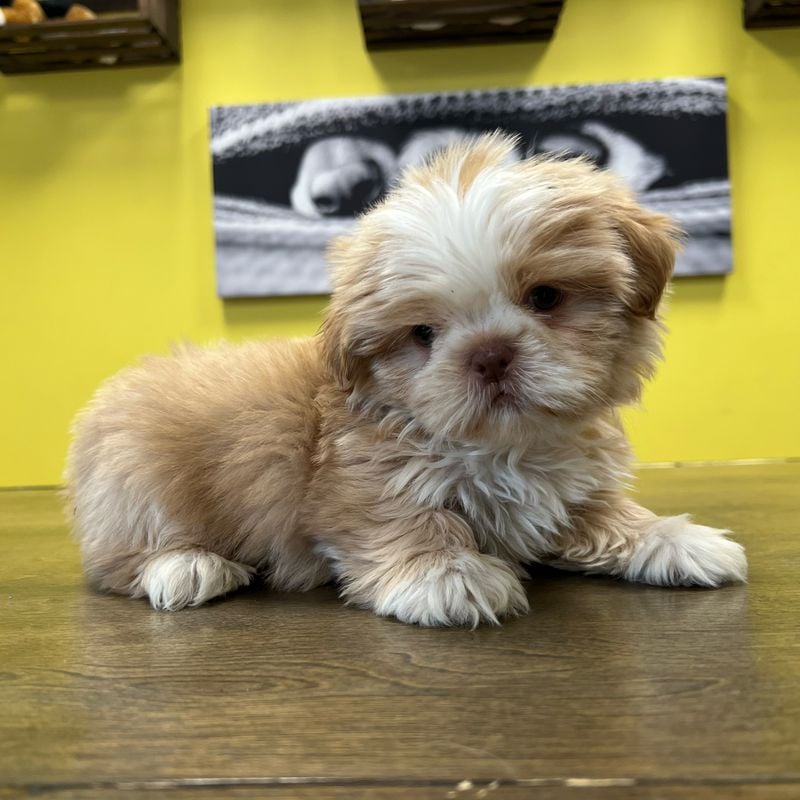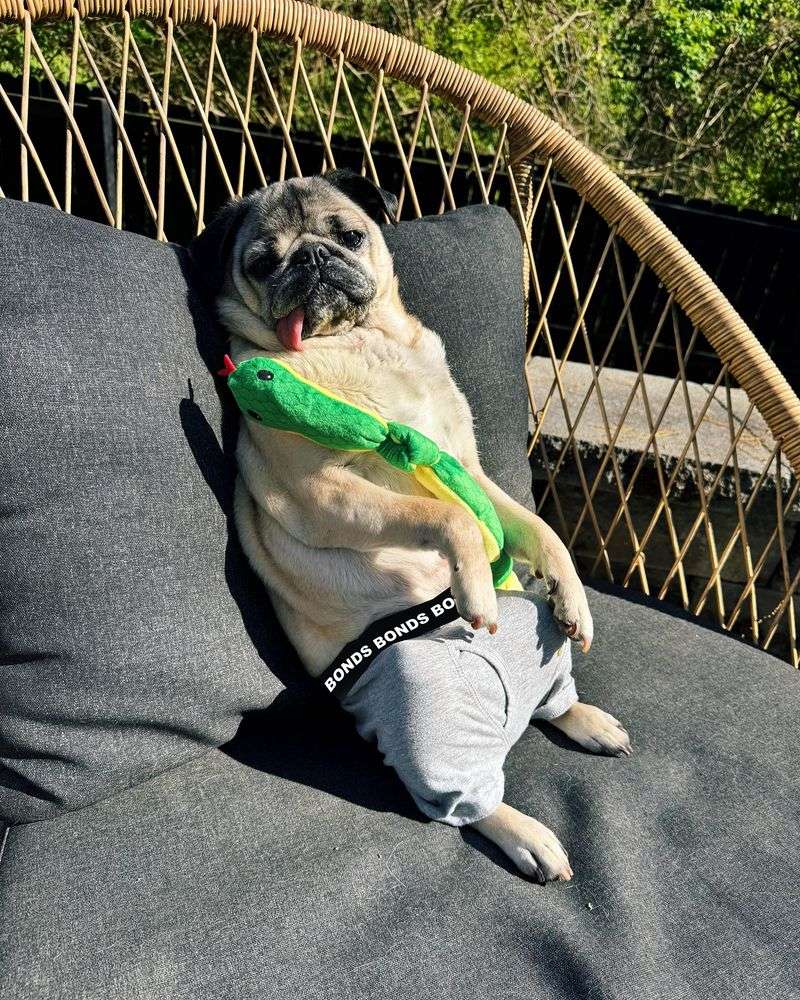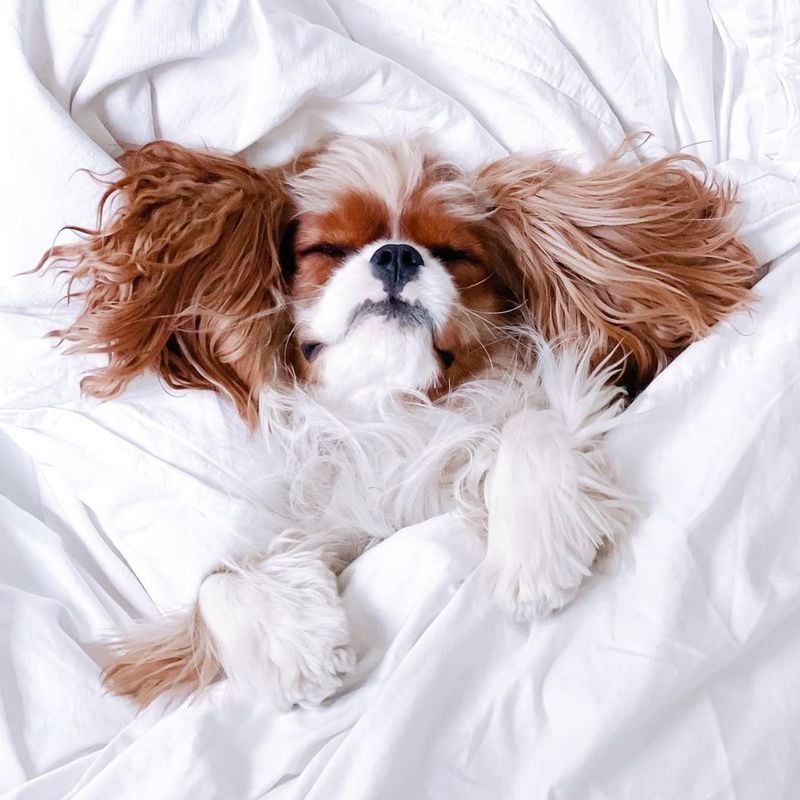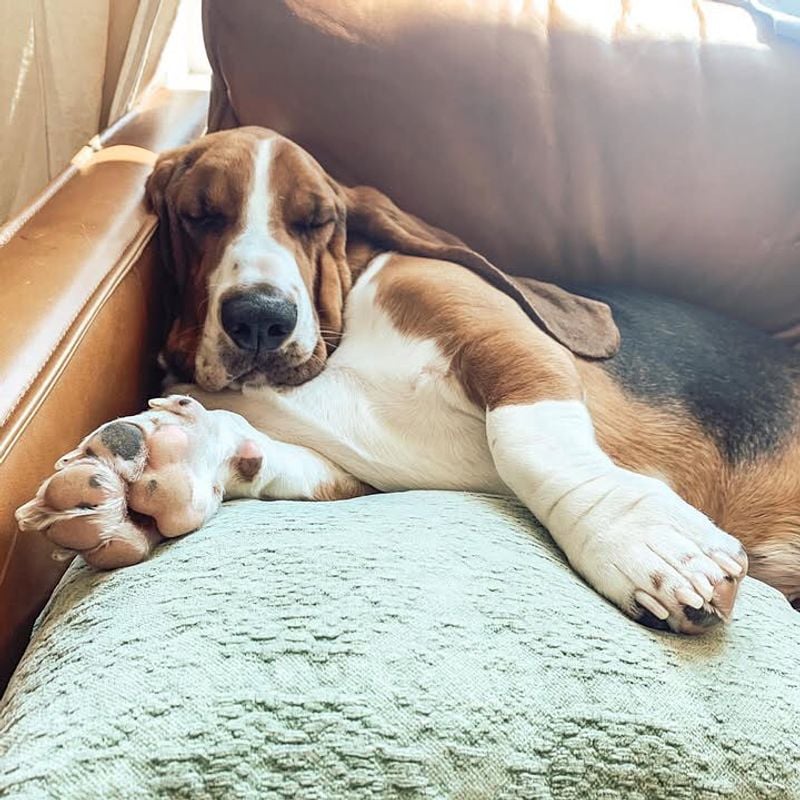20 Dog Breeds Who Take Their Naps Seriously—Ranked From Least to Most Sleepy
If you’ve ever wondered why your dog seems to have boundless energy while you’re running on your third cup of coffee, you’re not alone. Some dog breeds just don’t know how to hit the brakes—and when they do, it’s only because their batteries finally gave out.
While most dogs clock in a healthy 12 to 14 hours of sleep a day, certain breeds laugh in the face of that statistic. For them, sleep is optional, adventure is mandatory, and napping is a last resort.
From the tireless Australian Shepherd to the overthinking Border Collie, these breeds were literally born to move. Their instincts are wired for action—whether herding sheep, tracking scents, or chasing invisible foes through the backyard. Even when they do rest, it’s rarely true downtime. They’re often half-asleep, one ear perked, ready to launch at the faintest sound of a doorbell, a squirrel, or the rustling of a snack bag.
Of course, there are also dogs at the opposite end of the spectrum—giant, droopy-eyed cuddle monsters like Mastiffs, Bulldogs, and Newfoundlands who have perfected the art of sleep. These breeds nap like it’s their job, and honestly, they deserve a gold medal for it.
But in this article, we’re zooming in on the go-getters—the breeds that sleep the least. They’re the dogs who treat every day like a new mission, whose minds and bodies need constant engagement, and who will happily forfeit sleep in favor of play, work, or simply running in circles for no reason at all.
If you think you’ve got the energy to match, one of these pups might just be your ideal partner in crime. Just don’t expect them to sleep in with you on Sunday morning.
1. Australian Shepherd
Australian Shepherds would rather work than sleep any day of the week. These energetic herders were bred to run miles across farmland, and they bring that same stamina to family life. Even when technically “resting,” an Aussie keeps one eye open, ready to spring into action at a moment’s notice.
Their minds work overtime too, constantly scanning for tasks to complete or games to play. Without proper exercise and mental stimulation, these dogs can become anxious and destructive. Aussies typically need only about 8-10 hours of sleep daily, significantly less than the canine average of 12-14 hours.
2. Border Collie
Border Collies possess minds that rarely power down. Considered the Einstein of dogs, these brilliant herders have too many thoughts racing through their heads to waste time sleeping. They’re constantly planning their next move, whether it’s solving a puzzle toy or anticipating your commands.
A Border Collie with nothing to do is like a computer running too many programs—they’ll overheat with nervous energy. These dogs average about 10 hours of sleep daily, but it’s often light sleep, as they remain semi-alert to any potential action.
Their herding instinct keeps them vigilant, making deep sleep a rare luxury.
3. Jack Russell Terrier
Jack Russell Terriers run on batteries that seemingly never drain. Originally bred to hunt foxes, these compact powerhouses have energy reserves that would make an energy drink company jealous. When a Jack Russell finally does sleep, it’s more like a quick recharge than actual rest.
Their small bodies vibrate with potential energy even while lying down. Many owners report their Jacks twitching and running in their sleep, chasing dream rabbits with the same enthusiasm they show while awake.
Most Jack Russells need about 10-12 hours of sleep, but they’ll fight it every step of the way, afraid they might miss something exciting.
4. Siberian Husky
Siberian Huskies were built for endurance, not excessive rest. Bred to pull sleds across frozen tundra for hours, these Arctic athletes have incredible stamina that translates to modest sleep needs. Their wolf-like appearance hints at their wild energy and independent spirit.
Huskies are notorious escape artists, always looking for adventure rather than a cozy spot to snooze. When they do sleep, it’s often in the distinctive “husky donut” position—curled tightly to conserve body heat, a remnant of their Siberian heritage.
Most huskies require about 10-12 hours of sleep, but they’re happy to sacrifice rest time for a good adventure or howling session.
5. Dalmatian
Dalmatians earned their historical role as carriage dogs because of their remarkable endurance and alertness. These spotted companions were bred to trot alongside horse-drawn fire engines for miles without tiring. Their vigilant nature makes them light sleepers who remain aware of their surroundings.
A Dalmatian’s protective instincts keep them from falling into too deep a slumber. Even when resting, their spotted ears often perk up at the slightest unusual sound. Their athletic build supports their active lifestyle.
Most Dalmatians require about 10-12 hours of sleep daily, but they’re always ready to abandon their rest to investigate something interesting or join their family in activities.
6. Beagle
Beagles operate in two distinct modes: full-throttle hunting mode and complete shutdown rest mode. These scenthounds were developed to track rabbits for hours, which requires bursts of focused energy followed by recovery periods. Their approach to sleep is similarly practical—they nap hard when they need to recharge.
Those floppy ears and soulful eyes can transition from alert to asleep in minutes. Beagles have mastered the art of the power nap, catching quick naps between adventures. Their noses work overtime when they’re awake, so their brains need regular rest.
Most beagles sleep around 12 hours daily, often broken into several shorter sessions throughout the day.
7. Golden Retriever
Golden Retrievers embody the perfect middle ground in the canine sleep spectrum. Neither hyperactive nor extreme loungers, these beloved family dogs match their sleep habits to their family’s lifestyle with remarkable adaptability. Their friendly nature extends to bedtime—they’re happy to join a hike or cuddle up for a nap.
Goldens typically enjoy about 12 hours of sleep daily, often choosing spots where they can keep an eye on their favorite humans. Their sleep positions reveal their trusting nature, frequently sprawling on their backs with paws in the air.
Young Goldens need more activity, while seniors embrace longer naps, making them excellent companions through all life stages.
8. Labrador Retriever
Labrador Retrievers balance their legendary friendliness with a healthy appreciation for quality sleep. America’s most popular breed for decades, Labs have perfected the art of matching their energy output to their environment. They’ll happily chase balls for hours, then collapse into a satisfying nap when playtime ends.
Labs typically sleep 12-14 hours daily, often choosing spots near their favorite people. Their sleep style mirrors their personality—straightforward and uncomplicated. Many Labs snore softly, a charming quirk that owners find endearing.
Their water-resistant coats make them comfortable nappers in various temperatures, and they’re not picky about where they rest, though they prefer soft surfaces.
9. Boxer
Boxers approach sleep with the same enthusiasm they bring to playtime—they commit fully once they decide it’s nap o’clock. These muscular goofballs burn through tremendous energy during their waking hours, making their rest periods necessary and well-earned. Their expressive faces look equally charming whether zooming around the yard or snoring on the couch.
A Boxer’s sleep often involves amusing positions—sprawled upside down with legs akimbo or curled into impossibly tight balls. Their snoring can reach impressive decibels due to their short muzzles.
Most Boxers sleep 12-14 hours daily, often punctuated by brief periods of intense dreaming where their legs twitch as they chase dream squirrels.
10. Bernese Mountain Dog
Bernese Mountain Dogs combine their working heritage with a genuine love of lounging. These magnificent Swiss giants were bred for farm work in cool climates, giving them surprising stamina when needed, but they’re equally content to conserve energy through quality naps. Their thick tricolor coats make them walking heating pads—perfect nap partners.
Berners love family time, often choosing sleep spots with optimal human-watching potential. Their sleep style is as gentle as their temperament—peaceful, quiet, and undemanding. Many sprawl out completely, taking up astonishing amounts of floor space.
Most Bernese Mountain Dogs sleep 12-14 hours daily, with seniors particularly devoted to extended rest periods.
11. Great Dane
Great Danes may be giants, but they’re surprisingly low-energy giants who excel at professional-level relaxation. Despite their imposing size, these gentle dogs have modest exercise needs and impressive sleep requirements. Their massive frames need substantial recovery time, making them champions of couch occupation.
Danes are notorious for sleeping in hilarious positions that defy both gravity and logic. Many believe they’re lap dogs despite weighing up to 175 pounds, leading to comical sleep arrangements. Their size amplifies their snoring to room-shaking levels.
Most Great Danes sleep 14-16 hours daily, often claiming the comfiest spots in the house with a polite but unmovable presence.
12. Newfoundland
Newfoundlands combine impressive strength with an equally impressive dedication to quality sleep. These massive water rescue dogs were bred for bursts of heroic energy rather than constant activity. Their dense, waterproof coats and muscular builds require significant maintenance and rest periods.
Newfies sleep deeply and soundly, often with dramatic snoring that owners describe as both thunderous and soothing. Their size means they generate significant body heat, making them less active during warm weather when they prefer to conserve energy through extended naps.
Most Newfoundlands sleep 14-16 hours daily, often choosing cool tile floors or shady outdoor spots. Their loyal nature means they’ll interrupt even the deepest sleep if they sense their family needs them.
13. Saint Bernard
Saint Bernards approach sleep with the same dedication they once brought to Alpine rescues. These massive mountain dogs were bred to conserve energy in harsh conditions, a trait that translates to impressive napping abilities in modern homes. Their enormous size requires substantial rest periods to maintain health and temperament.
Saints sleep deeply and seriously, often accompanied by room-rattling snores and impressive drooling. Their thick coats make them heat-sensitive, increasing their tendency to seek out cool napping spots during warmer months.
Most Saint Bernards sleep 14-16 hours daily, moving with deliberate slowness between rest periods. Their gentle eyes can give the impression they’re always slightly sleepy, even during active moments.
14. English Bulldog
English Bulldogs have turned sleeping into an art form worthy of Olympic recognition. These squat, muscular pups have physical characteristics that predispose them to champion-level lounging, from their compact bodies to their shortened airways that limit sustained activity. Their wrinkled faces look perpetually ready for a nap.
Bulldogs sleep with the unmistakable soundtrack—snorts, snuffles, and snores that can reach impressive volumes. Their sleep positions range from the “frog splash” with legs splayed out behind them to the “cockroach” with all four legs in the air.
Most English Bulldogs sleep 14-16 hours daily, showing remarkable creativity in finding new spots to doze. Their energy comes in short bursts between extended sleep sessions.
15. Mastiff
Mastiffs combine their imposing size with an equally impressive commitment to conservation of energy. These gentle giants were historically bred as guardians, a role that required alert watchfulness punctuated by long periods of rest. Their massive frames—sometimes exceeding 200 pounds—require substantial recovery time between activities.
A Mastiff’s snore can reach decibel levels that rival small engines. Their sleep style tends toward complete surrender, often sprawled out and taking up remarkable amounts of floor space. Despite their size, many Mastiffs believe they’re entitled to furniture privileges.
Most Mastiffs sleep 14-16 hours daily, moving with dignified slowness between nap locations. Their droopy jowls often create impressive drool spots at favorite rest stations.
16. Pekingese
Pekingese carry themselves with the regal bearing of the Chinese emperors who once treasured them, especially when selecting premium napping locations. These ancient lap dogs were bred specifically for companionship rather than work, giving them a genetic predisposition toward leisure activities, particularly sleep. Their flat faces contribute to their love of rest.
Pekingese sleep with the confidence of royalty, often claiming the choicest spots in the home without apology. Their luxurious coats form perfect, silky nests as they curl into tight balls or stretch out dramatically. Many sleep with one eye slightly open—a remnant of their palace watchdog heritage.
Most Pekingese sleep 14-16 hours daily, rising primarily for meals and brief social appearances.
17. Shih Tzu
Shih Tzus were designed by Chinese royalty specifically for one job: being excellent lap companions. This ancient breeding objective has produced dogs with an extraordinary talent for finding the coziest spots—preferably on human laps—and turning them into luxury sleep locations. Their name literally means “little lion,” though their ferocious snoring is their most lion-like quality.
Shih Tzus sleep in elegant curls, their flowing coats forming perfect circles around their compact bodies. Many develop favorite sleep spots they claim with unwavering dedication. Their sleep breathing often includes charming little snuffles and sighs.
Most Shih Tzus sleep 14-16 hours daily, waking primarily for meals, brief play sessions, and to relocate to more optimal napping locations.
18. Pug
Pugs approach sleep with the same enthusiasm they bring to everything—complete commitment and a soundtrack of distinctive noises. These compact companions were bred solely to be charming house pets, a job that includes mastering the art of finding the most comfortable sleeping spots in any home. Their flat faces contribute to their famous snores.
Pugs sleep in positions that defy both physics and dignity—twisted into pretzels, splayed completely flat, or upside-down with legs akimbo. Their expressive faces look equally amusing in sleep as in wakefulness. Many Pugs develop sleep habits synchronized with their humans.
Most Pugs sleep 14-16 hours daily, moving with comical determination between favorite nap locations throughout the house.
19. Cavalier King Charles Spaniel
Cavalier King Charles Spaniels combine their sporting heritage with a genuine passion for luxury lounging. These elegant companions were favorites of British royalty, developing a refined approach to rest that balances gentle activity with serious dedication to comfort. Their silky ears spread gracefully around their heads when they sleep.
Cavaliers sleep with surprising depth for their size, often twitching and woofing softly as they chase dream rabbits. Their preferred sleep location is wherever their favorite human happens to be. Many Cavaliers perfect the art of sleeping partially under blankets with just their noses peeking out.
Most Cavaliers sleep 14-16 hours daily, always ready to wake for affection but equally ready to return to slumber.
20. Basset Hound
Basset Hounds were designed for endurance tracking rather than speed, a specialization that translates to remarkable conservation of energy through serious sleeping. Their distinctive droopy features—long ears, saggy skin, and mournful eyes—look even more dramatic when they’re deep in slumber. Even their awake expression suggests they’re perpetually ready for a nap.
Bassets sleep with complete abandon, often in positions that showcase their extraordinarily long bodies. Their snoring can reach impressive volumes thanks to their unique head structure. Many Bassets perfect the art of sleeping while sitting up, their heavy heads gradually drooping until they startle themselves awake.
Most Basset Hounds sleep 16-18 hours daily, conserving energy between scent-tracking adventures.


